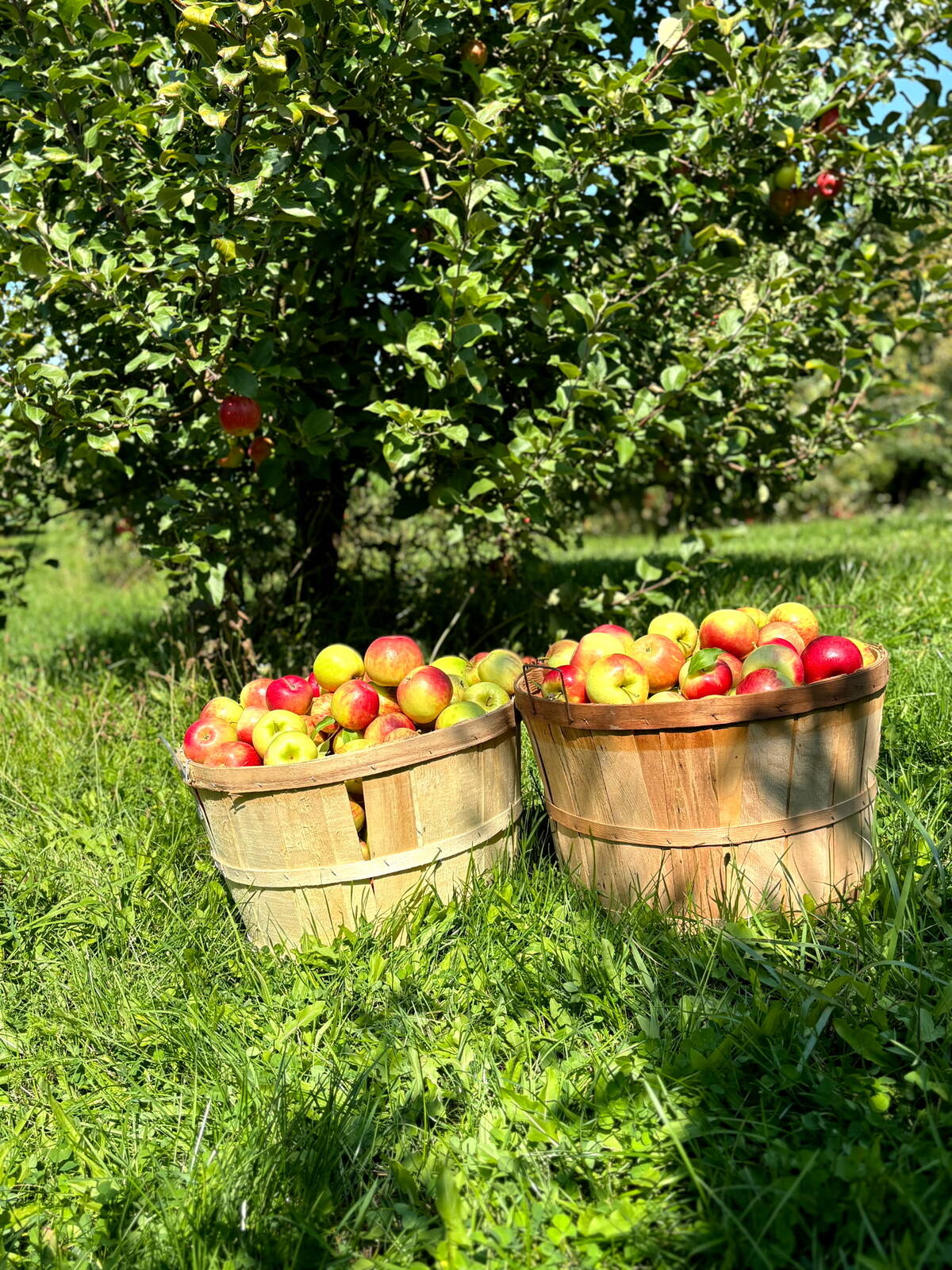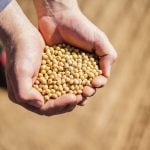Canada’s supply management system will go on, despite some cursory efforts by Americans to get rid of it during the recent North American trade talks.
This should be the last trade agreement that Canadian supply managed sectors need to worry about. After Europe, Asia and Oceania and the United States, there aren’t many other dairy production areas of the world that have the ability to supply milk products to Canada.
Supply management has come through three successive trade deals having maintained its core principals, and while it will take years to learn exactly how those sectors will be affected, everybody in agriculture will at least have some clarity now and that should be positive for investment.
Read Also

Farmers taking to social media to spread the word about the cost of farm thefts
A rash of farm thefts in Ontario have left farmers looking for new ways to help customers understand the cost of stealing goods.
Supply management will survive, and maybe even thrive, if some things fall into place over the next decade. That’s how long it will take to really understand how everything will pan out related to the new United States-Mexico-Canada Agreement (USMCA).
Domestic milk product consumption trends are the key. When about five per cent and then 3.25 per cent of Canada’s milk market were given access during the Comprehensive Economic and Trade Agreement with the European Union and the Comprehensive and Progressive Agreement for Trans Pacific Partnership trade agreement, the dairy sector wasn’t happy. But it believed that some aggressive domestic growth and the new outlet of Class 7 and its ability to let the pressure off the system through some exports when needed would allow the market to absorb most of the growth in imports.
With a cap set at half of last year’s exports through Class 7 under the new deal with the U.S. and Mexico, that route is much less an option to mitigate the increased access to the market by the Americans.
There isn’t likely a huge amount of new growth left in the Canadian market after some significant increases in consumption of milk-fat-based products such as butter over the past few years.
Canada got a win by still being able to price products used in Canada that were under Class 7 at American prices. That means that, while the Americans can compete, we can too on milk protein isolates, skim milk powder and infant formula. This will allow, hopefully, most of the hundreds of millions of dollars in investments announced in milk processing in Canada to move forward.
Like everything in this trade deal, any win or gain has caveats. The former Class 7 products can’t be priced below the American price — a strange allowance of American control in Canadian pricing.
At the World Dairy Expo, farmers told me that they didn’t see the Canadian 3.6 per cent access or the Class 7 elimination as having a huge effect on their market. They are awash in milk and some Canadian access isn’t going to solve their problem.
Canadian farmers need to understand that American dairy farmers were more concerned about maintaining the access to the Mexican dairy market, where they send five per cent of their production.
There are many details we don’t yet know about the trade deal. Canada has been slow in releasing details, and the Americans had to release them quickly to meet their deadlines. Dairy organizations await clarification, especially around the former Class 7 products. Canadian government officials owe them that clarity.
The trade deal had to be done, if for nothing more than the predictability and stability it provides to farmers going forward, not just dairy farmers and poultry farmers, but for all farmers in Canadian agriculture.
The deal has little effect on other commodities and that’s the idea. There are few restrictions on the trade of most agriculture commodities with the U.S. and that’s the way those producers like it. Avoiding any new restrictions is a win, but to be fair, the Americans never seemed interested in any of the farm commodities we export in significant volume to the U.S. like greenhouse produce or pork.
The USMCA deal is only the first in what should be several steps by the Americans to smooth out the bombs they dropped in the form of tariffs into the global trading system. I expect the steel and aluminum tariffs on much of the steel going into the U.S. including from Canada, to go away gradually, especially once the USMCA deal is made official.
Americans, especially farmers, will feel some pain for years as global supply systems have evolved and changed quickly to find the most efficient supply chains possible, as defined by the tariffs. I had this point made to me by several Americans. That’s the biggest worry — that the market share they are losing every day will not come back.













